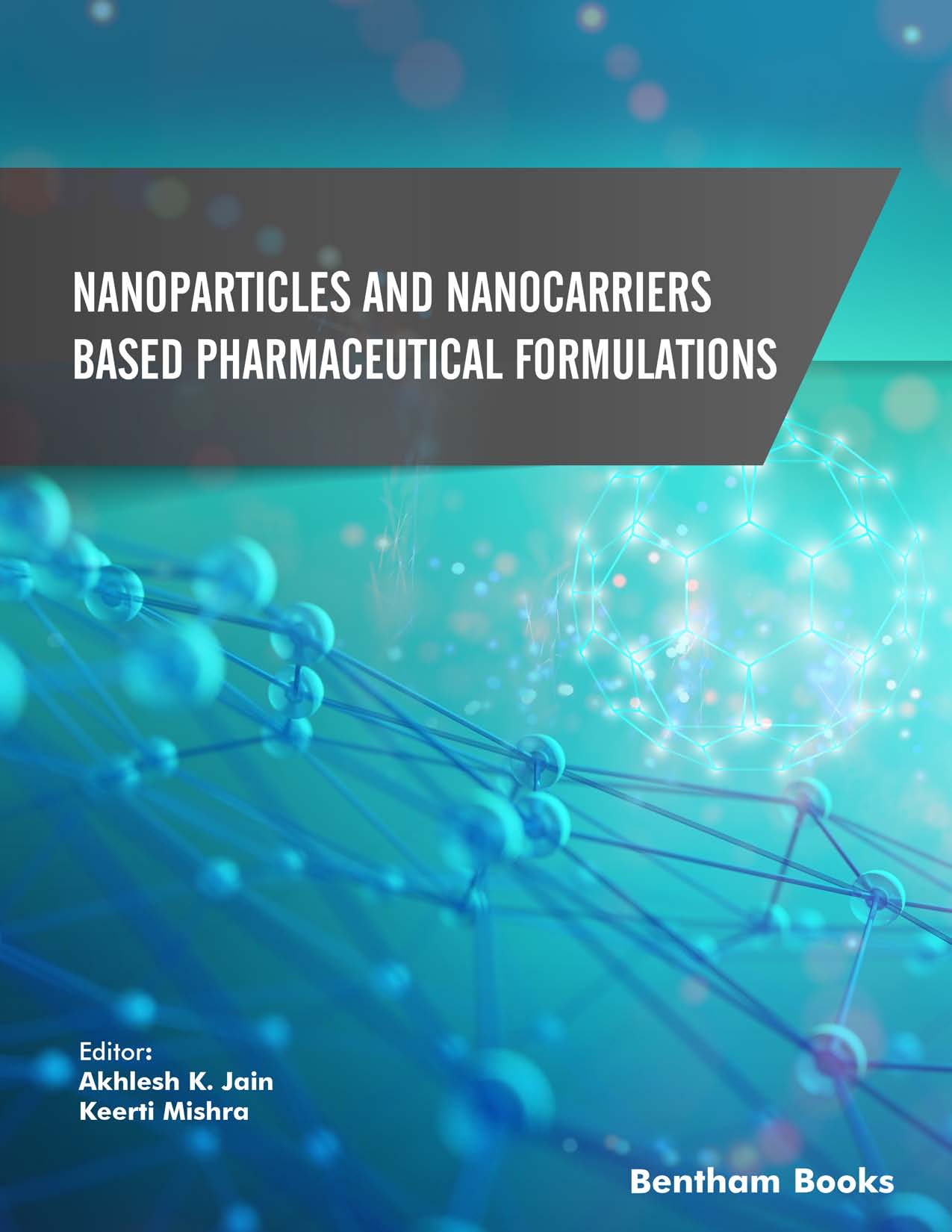Researchers working in pharmaceutical research have been interested in changing existing medication delivery systems for decades. Pharmaceutical industry research faces an unclear future due to the vast spread of numerous scientific disciplines and skill sets, such as polymer science, biotechnology, genetics, and molecular pharmaceutics. Higher clinical development costs, along with a lower rate of drug discovery and clinical success, result in a lower flow of new chemical entities (NCE) in research development.
The development of analytical tools and the ability to quantify particle size on a nanometre scale has shifted research in particulate drug delivery systems from the micro to the nanoscale. Nanocarriers are assisting in overcoming obstacles in conventional drug delivery due to their adaptability in targeting tissues, accessing deep molecular targets, and managing drug release.
The current book is an attempt to describe the global scientific community's research on this topic. Nanoparticulate drug delivery devices are difficult to develop and have been equipped with vivacious changes. The goal of this book is to explore current developments and upcoming technology in the field of nanoparticulate drug delivery systems.
We hope that the current multiauthored book on nanoparticles and nanocarriers will help and improve readers' understanding of the various types of nanocarrier-based formulations that are either existing or in development. We also hope that persons working in academic, industrial, and scientific fields concerned with pharmaceutical medication delivery would find the book useful. The book is organised so that each chapter covers a distinct topic of research that can be followed without referring to previous chapters.
To go with the flow, we have initiated this book with chapter one, which introduces readers to nanoparticles and nanocarriers. The chapter outlines the introduction of nanoparticles and nanocarriers, within which it describes their classification, including polymeric nanoparticles, metal nanoparticles, magnetic nanoparticles, inorganic nanocarriers, dendrimers, vesicular carriers, micelles and a lot more, along with their synthesis techniques and applications. Overall, this chapter is a comprehensive compilation of available information on recent advances in the field of nanomedicine through an elucidation of nanoparticles and nanocarriers systems. Second chapter focuses on various polymers and techniques engaged with the advancement of polymer-based nanoparticles and their applications in therapeutic intervention. Third chapter highlights the specific and targeted nanoparticles and the use of various nanocarriers for the targeted delivery of drugs in various diseases, along with their opportunities and challenges in targeted delivery. Chapter four mainly focuses on the role and benefits of nanocarriers in drug-targeting and nanocarriers as a prominent system for targeting and delivering drugs to achieve maximum effects with improved therapeutic response. Fifth chapter presents the state of various nanocarriers in the form of nanoparticles and nanodevices applications in medical diagnosis and disease treatments providing essential insights and recent progress on the exciting biomedical applications of nanoparticles, including bioimaging of biological environments, and their role as a critical tool for the early detection of many diseases.
Chapter six focuses on the targeting potential of nanocarriers for the effective treatment of H. Pylori. Seventh chapter covers various merits and demerits of gastro-retentive nanocarriers, including some gastro-retentive strategies and their applications in the therapy of various illnesses. In chapter eight, an overview of the recent developments in nanoparticle formulations for cancer treatment is presented with a comprehensive outlook of the clinical studies and utilization in different prevalent cancers affecting the brain, lung, breast, colon, cervix, and prostate.
Chapter nine outlines the recent development in the area of nanoemulsion as a delivery system with respect to topical drug delivery can be studied. In chapter ten, a deep discussion about the micro/nano-sized lipid-based carriers can be studied. In continuation with chapter tenth, chapter eleven represents the various aspects of the liposomes which further relates to the growing advances and interest in the nanotechnology field. Chapter twelve contains a brief knowledge about structural components and integrity concerning the advanced method of niosome preparation and characterization techniques. Recent examples for different applications are also included in the chapter for therapy/diagnostic purposes based on the route of administration and disease state.
Chapter thirteen emphasizes the advantages, limitations, source, isolation, loading methodology, characterization parameters, and clinical applications, and future potential of resealed erythrocytes. Chapter fourteen summarizes the recent development of therapeutic gene delivery approaches for the effective management of ocular diseases and their use in ophthalmology. The last chapter highlights the green approach to synthesize nanoparticles using microorganisms, enzymes or plant extracts as an alternative to chemical synthesis and their further application in the delivery of herbal drugs process preferably green.
We would like to thank Bentham Science Publishers for inviting us to put this book together and for being patient with us throughout the long development process. Their encouragement and guidance were vital in ensuring the book's completion.
We would also like to extend our sincere gratitude to all of the authors who have taken time out of their busy schedules to be a part of this book and authored fantastic chapters that have brought depth and value to it. Their prompt contributions are greatly appreciated.

